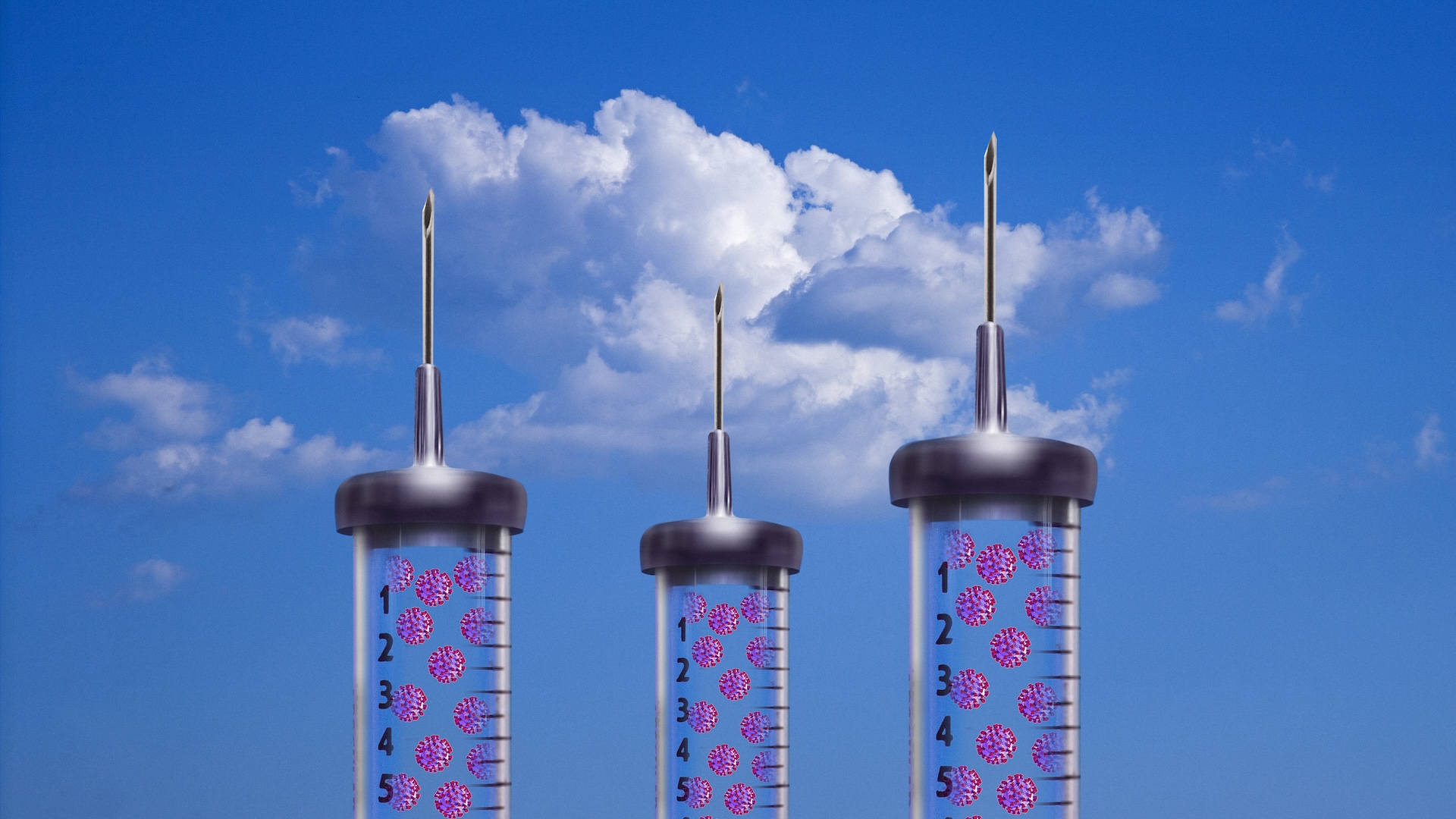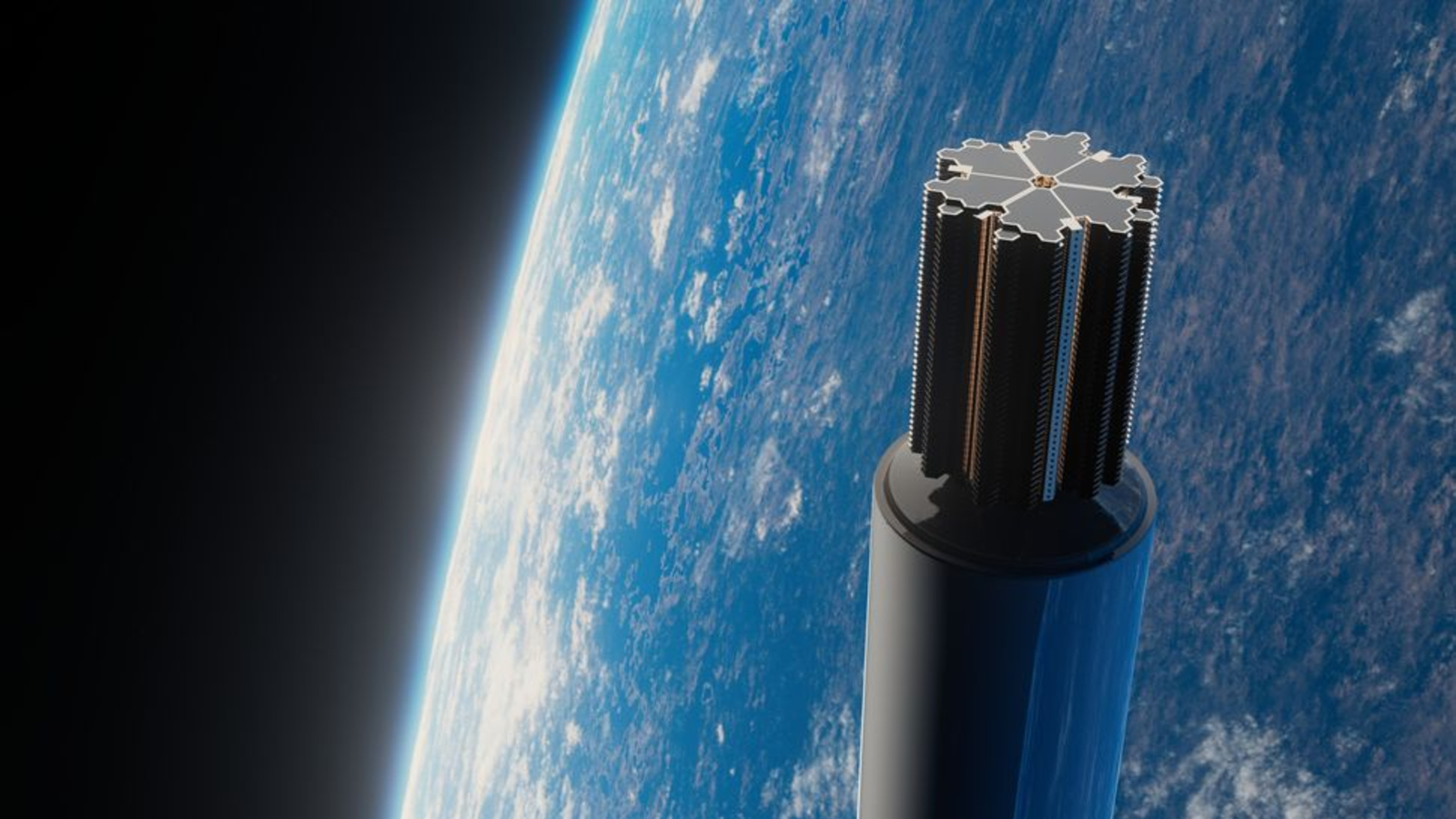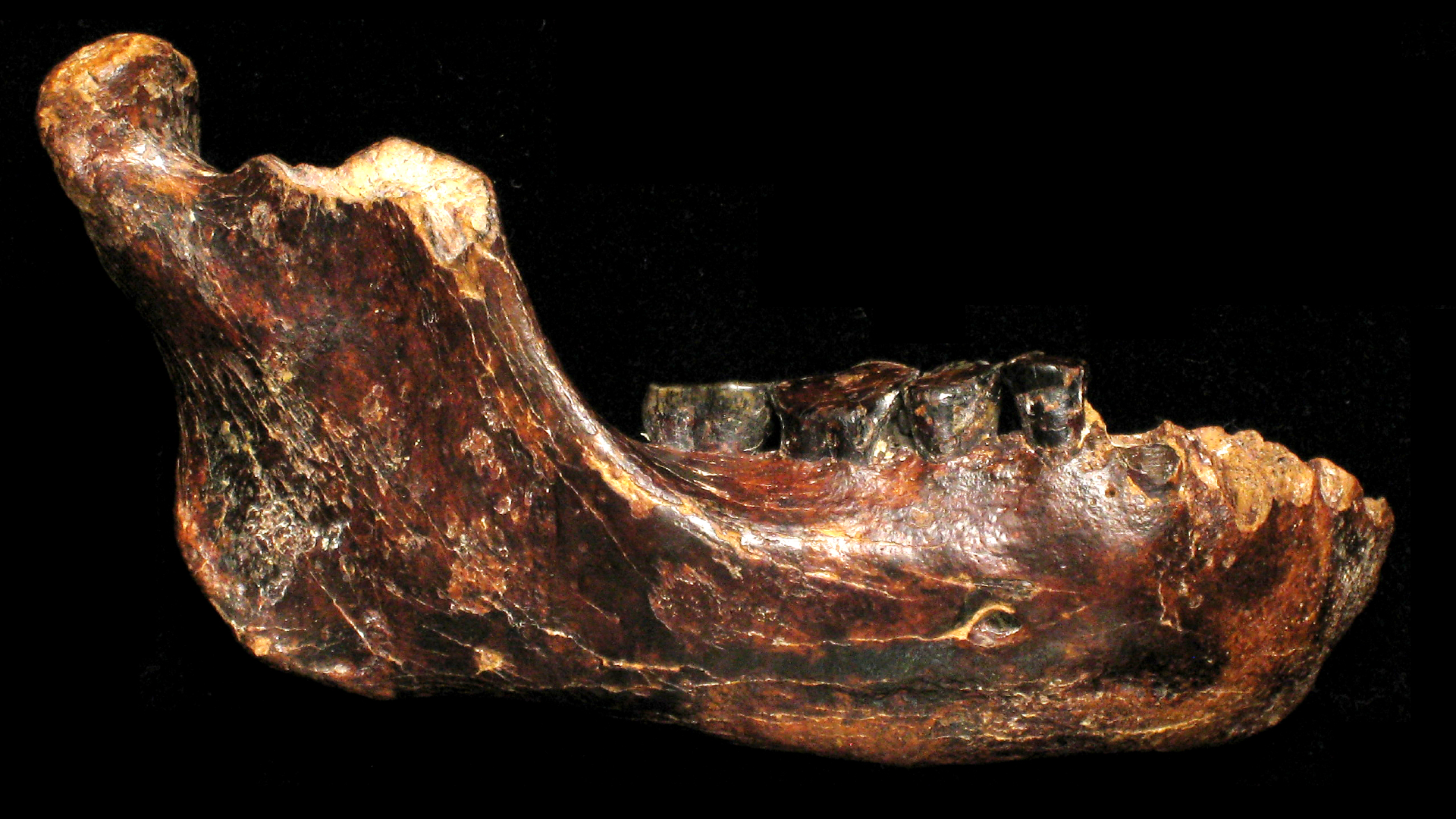
Sea Ice Algae is Staple of Arctic Food Chain (Gallery)
Charlie Heck, multimedia news editor at the U.S. National Science Foundation (NSF), contributed this article to Live Science's Expert Voices: Op-Ed & Insights.
Algae within Arctic sea ice provide the lynchpin of the marine ecosystem. As part of an NSF-supported research project, Columbia University scientist Craig Aumack and his colleagues venture out onto the ice to study the organisms that live within, and below, the frozen water — observations that will become even more critical as the Arctic continues to warm. (All images courtesy the National Science Foundation.)
Sea ice algae
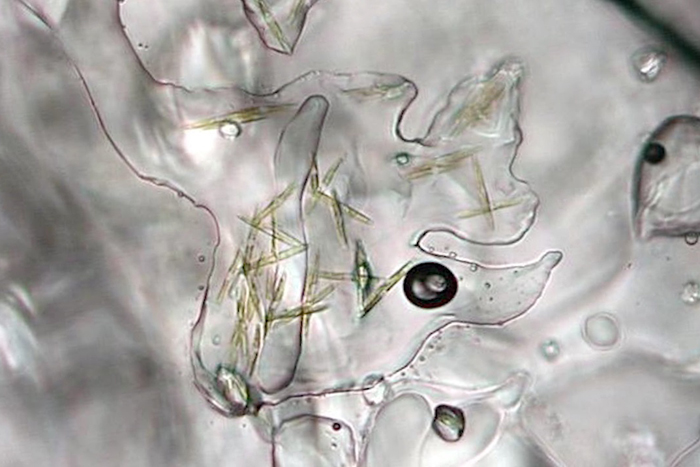
In the lab, Columbia University researcher Craig Aumack and his colleagues melt Arctic ice, inspecting it to get an idea of the algae community inside each once-frozen mass. The team then traces the algae to the marine ecosystems they support.
Under the microscope
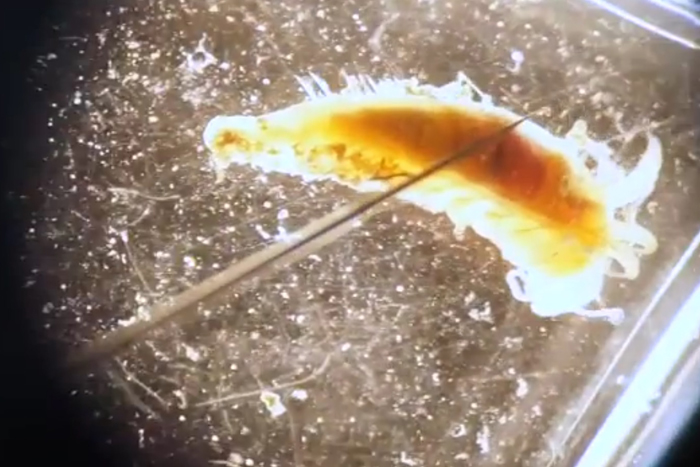
Researchers run tests to see what kinds of algae harvested critters have been eating. Going forward, the changing climate could mean less snow cover on the ice earlier in the spring, and that could mean disruptions to the food-chain's delicate balance.
Sea ice algae bloom
Sign up for the Live Science daily newsletter now
Get the world’s most fascinating discoveries delivered straight to your inbox.

Microscopic aquatic organisms form the very base of the marine food web. From single-celled phytoplankton to large macrophytes, such ice-dwelling algae provide structure and environment for fish.
Fishin'
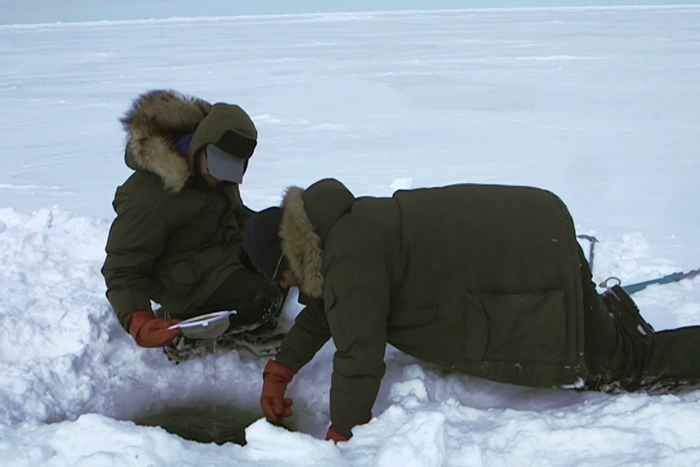
With support from the National Science Foundation, Craig Aumack of Columbia University has come to Alaska with a team to study ice-dwelling algae. As the snow melts in early spring, more and more sunlight causes them to move within the ice column, which is a good indicator that light is heavily controlling their environment and physiological processes. The algae will eventually migrate all the way to the bottom of the ice and enter the water.
The Team
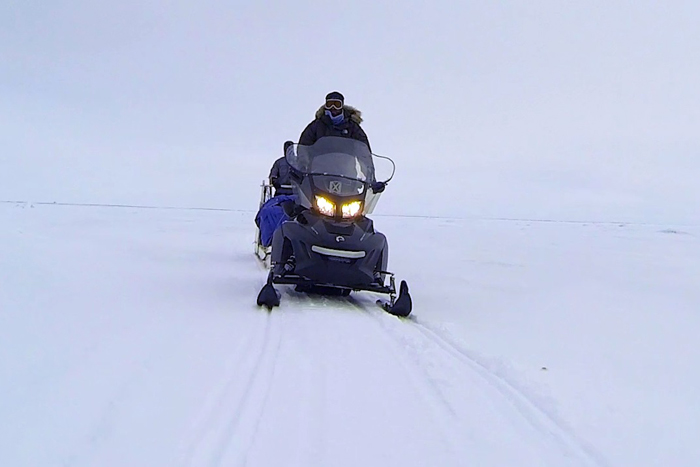
The research team consists of scientists, a guide and their bear guard, a trained professional who accompanies the team to protect against bears.
Drilling
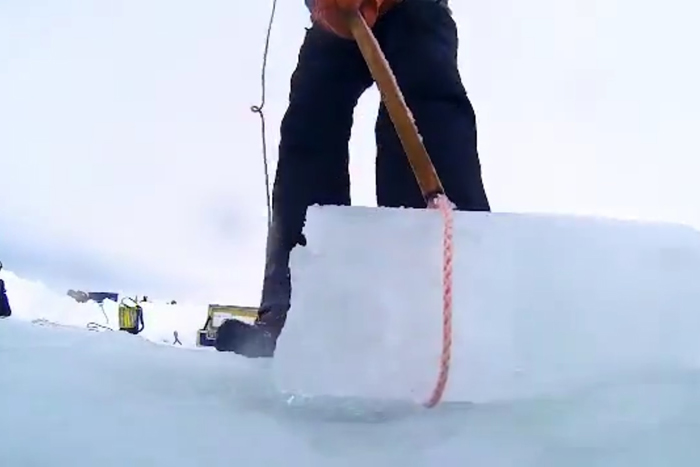
Using drills to create "core units" of ice, the team measures each intact core's length for ice thickness.
Cutting the ice
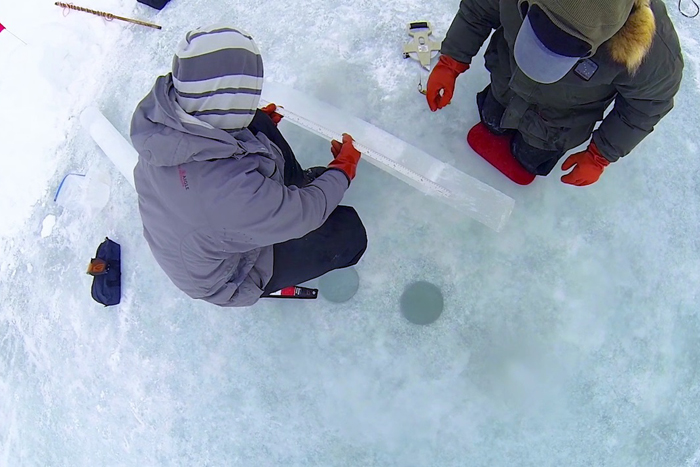
At every 10 centimeters, scientists measure each core's temperature to create a temperature profile. The temperature at the surface is not the temperature down at the sea water. The team is interested in the biological community that lives closest to the water.
The lab
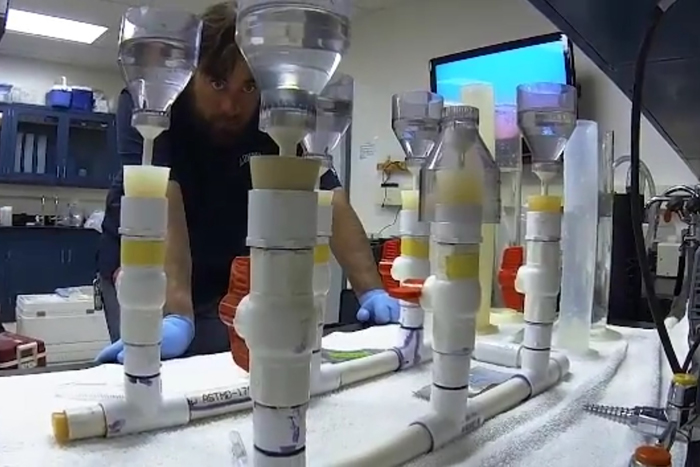
The team melts the ice slowly in the lab, a process that takes place between one and four degrees Celsius. A majority, if not all, of the harvested ice-dwelling organisms would suffer from a rapid temperature increase and they could die.
The life

The team collects tiny algae-eaters from the water and underlying mud left exposed after the holes are made to extract the ice cores.
The Underworld

The team is trying to match the algae that grow within the ice to the associated marine system. The algae ecosystem could be considered a "canary in the coal mine" for climate change in the Arctic — early sentinels of a changing environment.
Follow all of the Expert Voices issues and debates — and become part of the discussion — on Facebook, Twitter and Google+. The views expressed are those of the author and do not necessarily reflect the views of the publisher. This version of the article was originally published on Live Science.




